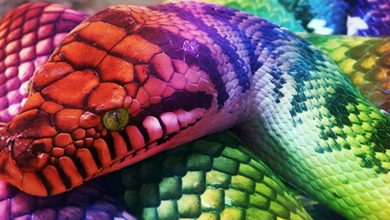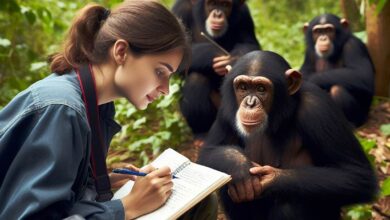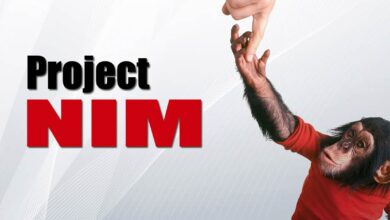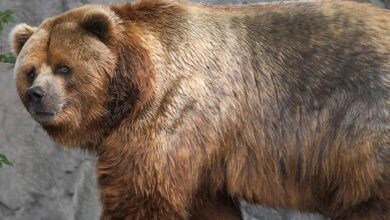Platybelodon – a combination of an elephant and a hippo
The bizarre appearance of the described extinct mammal has caused modern people to ask a lot of questions about it. We will not get answers to many of them, we can guess some of them, and only a few are supported by hard evidence. The unusual combination of a hippo and an elephant (not only in terms of appearance, but also in terms of lifestyle) is probably the best term for Platybelodon.
Many interesting relatives of modern elephants once roamed the earth. Platybelodon is one of them – “undisputed” handsome. Platybelodon lived during the Miocene from about 15 to 10, or even up to 4 million years ago. He has performed in Asia, Europe, North America and Africa. So he was a real globetrotter and he achieved undoubted evolutionary success.
Like most proboscis, Platybelodon had tusks that were not as impressive as those belonging to contemporary African or Asian elephants. The feature, however, which attracted attention much more, was the lower jaw of the animal, which was unnaturally elongated.
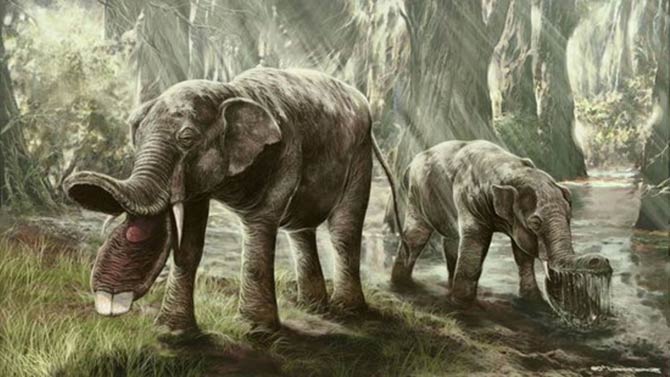
Classification
- Kingdom: Animalia
- Phylum: Chordata
- Class: Mammalia
- Order: Proboscidea
- Family: †Amebelodontidae
- Subfamily: †Platybelodontinae
- Genus: †Platybelodon
- Species:
- Platybelodon barnumbrowni
- Platybelodon beliajevae
- Platybelodon danovi
- Platybelodon grangeri
- Platybelodon loomisi
- Platybelodon tongxinensis
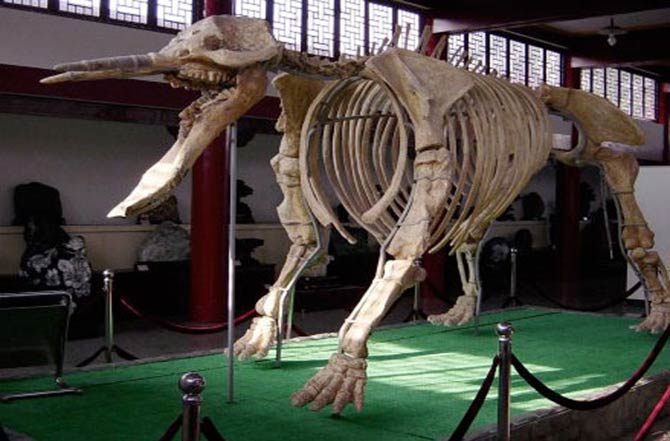
Dating and occurrence
It is estimated that Platybelodon lived from about 15 to 10 (maybe 4) million years ago, i.e. in the Miocene epoch. It lived in the areas of today’s Europe, Asia, Africa and North America.
Habitats
In the past, it was believed that these large mammals lived in marshy areas. They were to use their specific, flattened lower tusks as shovels (or rather as spoon-forks) collecting hydrophytes – aquatic plants.
The marks on the found teeth suggest, however, that the lower, modified incisors were designed to strip bark from trees and to cut and tear out hard land plants.
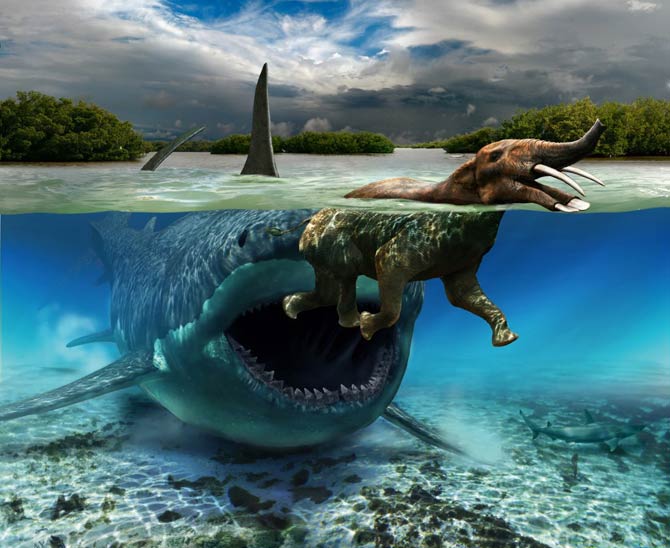
Characteristic
Paleontologist Henry Fairfield Osborn claimed that Platybelodon spent most of its time in the water, digging up water plants with its lower tusks. However, thanks to the work of Lambert and many other scientists, we know that this mammal, like most of its relatives, only to some extent preferred aquatic life. He used water for a specific purpose, just like modern elephants.
In his 1936 book entitled Proboscidea, Osborn wrote that Platybelodon had been stripped of its proboscis (trunk), but with the help of a mobile upper lip (which rested the entire length of its lower jaw), it could freely acquire plant food.
Like most proboscis, Platybelodon had tusks, which were not quite as large as those of modern African or Asian elephants. The feature that attracted attention much more, however, was the animal’s lower jaw, which was unnaturally elongated. At its end there were two tusks, unusually flattened and even more lengthening the already oblong skull. Paleontologist Harry Osborn developed a hypothesis that this specific structure of the oral cavity was to facilitate the feeding of aquatic plants.
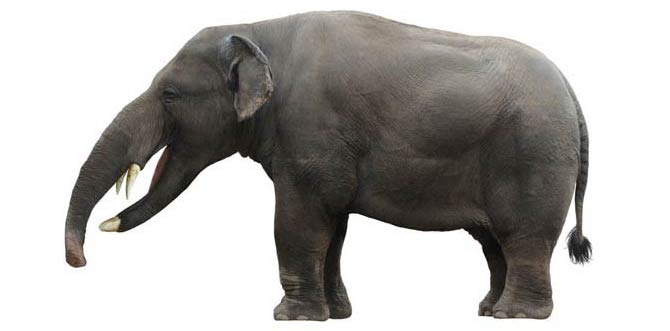
Its appearance is now being questioned. The lower tusks were rather used (according to W. D. Lambert) to tear the land plants out of the ground and to remove the bark from the trees. Such a structure of the jaw, however, raised further doubts. No one could figure out how the plants ended up in the stomach. With two boards instead of lips, it would be hard to put the cut plants in your mouth. The troubling problem had to find a solution.
According to paleontologists, the animal had either a long tongue or a proboscis. The latter option seems plausible, although for many years the nickname of “an elephant without a trunk” has stuck to Platybelodon. Unfortunately, an organ composed of soft tissue rarely survives in the fossil record. However, with a high degree of probability, it was used to obtain food. Sometimes it is worthwhile to carefully analyze certain issues before giving someone a nickname.
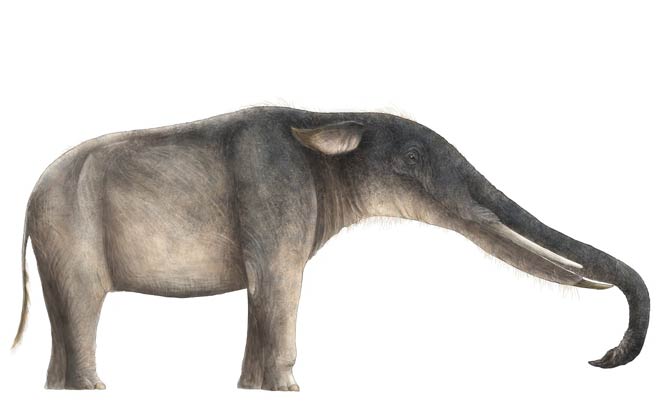
Did Platybelodon have a trunk or not?
On the other hand, Borissiak found that the Platybelodon snout was somewhat similar to that of a hippopotamus, although in the former it was more elongated. Sanders, however, wondered how an animal with an elongated mouth, located far from the lips, could put food in its mouth. The scientist concluded that the animal would have to have a very long tongue or, more likely, a trunk like today’s elephants.
There is also the question of whether Platybelodon’s jaws, despite its excellent adaptation to gaining food, did not interfere with him while escaping from a predator. Sanders honestly doubted it. Probably a very effective deterrent was the size of this mammal – it was only slightly smaller than modern African elephants, and we know that adult elephants rarely fall prey to the largest African predators – lions. However, there are many indications that Platybelodon could also have a dangerous enemy – creodonts (Creodonta).
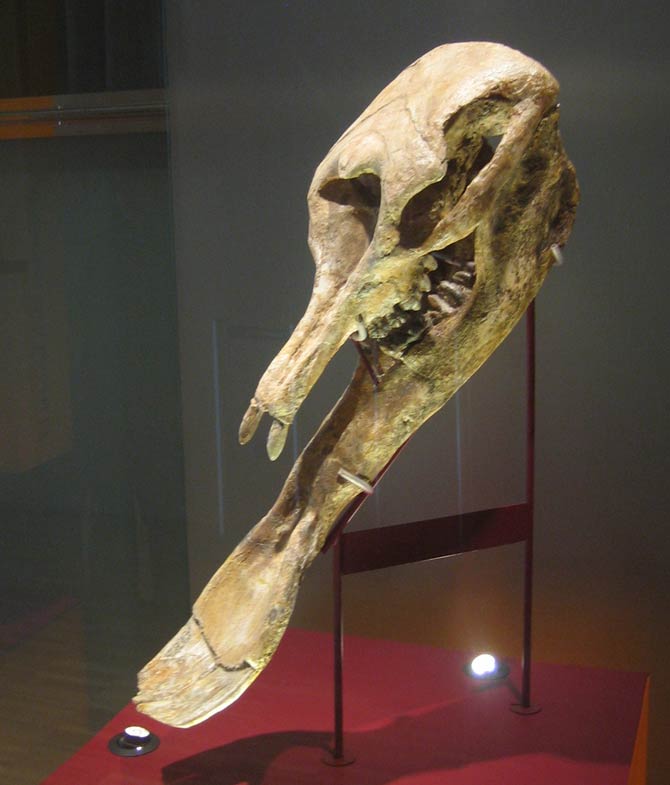
Extinction
The reason why Platybelodons went extinct seems fairly simple to guess. The Miocene drought changed the environment in which he lived. The change in vegetation and the inability to adapt to new conditions put an end to the strangest elephant that ever inhabited our planet.
It can be speculated that its unique dentition could not be used to obtain other types of vegetation. This should come as no surprise. Climate change has been with us since the formation of the Earth and led to the disappearance of many organisms.
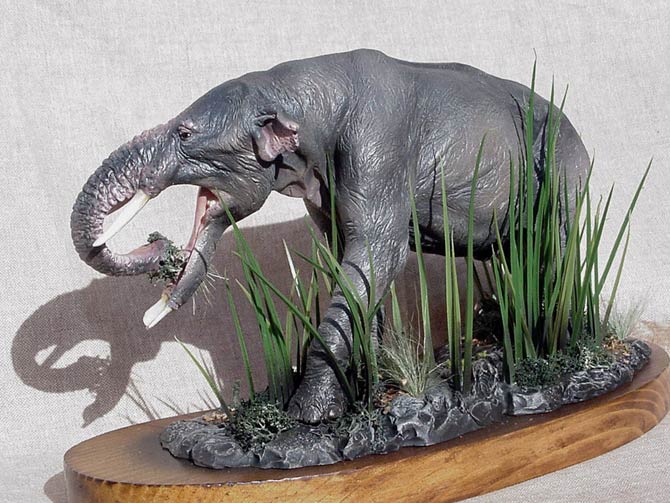
Detailed data / dimensions (size)
Platybelodon
- Body length: 3 – 6 m (9.8 – 19.7 ft)
- Height: 2 – 2,8 m (6.5 – 9.2 ft)
- Platybelodon danovi: 1.65 m (5.4 ft)
- Weight: 2,000 – 3,000 kg (4,400 – 6,600 lb)
- Temporal range: 15 – 4 million years ago (Miocene)
- Place of occurrence: Eurasia, Africa, North America
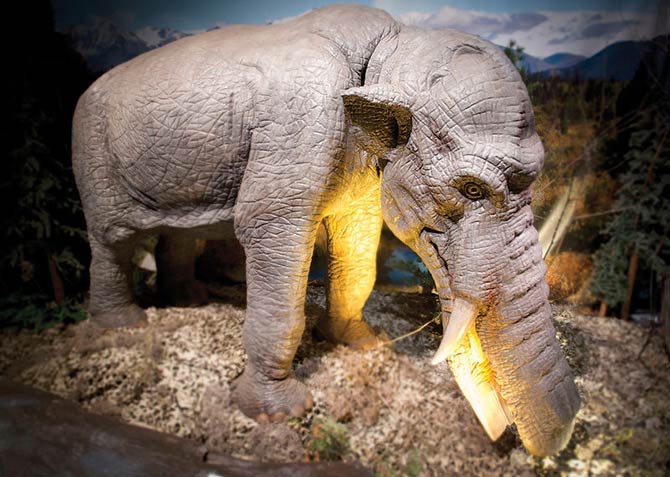
Platybelodon – interesting facts
- The generic name can be translated as “flat-spear tusk/ flat tusk”. It refers to the two lower blade-like incisors.
- Platybelodon is a close relative of the Amebelodon genus.
- Possibly the natural enemies of Platybelodon, the creodonts are an extinct genus of predatory mammals that descended from the same ancestor as modern Carnivora.
- Platybelodon was discovered by the already mentioned Henry Fairfield Osborn. The paleontologist first described it in 1932, while Borissiak characterized Platybelodon danovi in 1928, Osborn and Barbour described Platybelodon grangeri and Platybelodon loomisi in 1929.
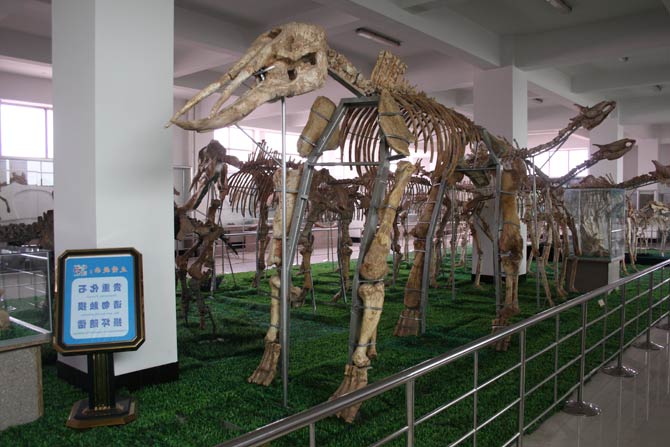
Recommended
- Mass extinctions of species – the „Big Five”
- History of animals and plants extinction
- Extinction of dinosaurs. Why are they extinct?
- Megafauna
- The longest dinosaurs. Sauropods Top 10
- The heaviest dinosaurs – Top 10
- The longest predatory dinosaurs. Theropods Top 10
- The heaviest predatory dinosaurs Top 10
- The longest Ornithischians (Ornithischia) TOP 10
- The heaviest Ornithischians Top 10
- The largest raptors (dromaeosaurs) Top 10
- The heaviest Dromaeosaurids / dromaeosaurs – Top 10
- The longest Ankylosaurus Top 10
- The heaviest Ankylosaurus Top 10
- The longest ceratopsians
- The heaviest ceratopsians
- The longest and largest ornithopods
- The heaviest ornithopods Top 10
- The longest Stegosaurians (Stegosauria) TOP 10
- The heaviest Stegosaurians (Stegosauria) Top 10
- The smallest sauropods Top 10
- The smallest dinosaurs Top 10
- The largest pterosaurs Top 10
- Dinosaurs
- Dinosaurs database
- Predatory dinosaurs
- Animals & dinosaurs records
- The fastest animals – Top 100
- The fastest birds – Top 10









